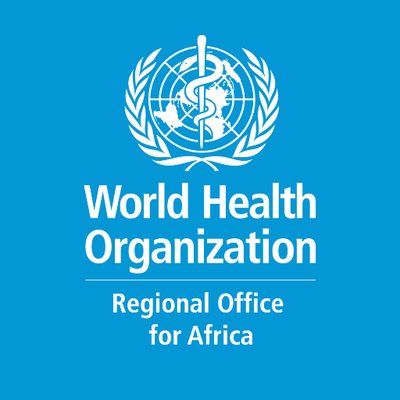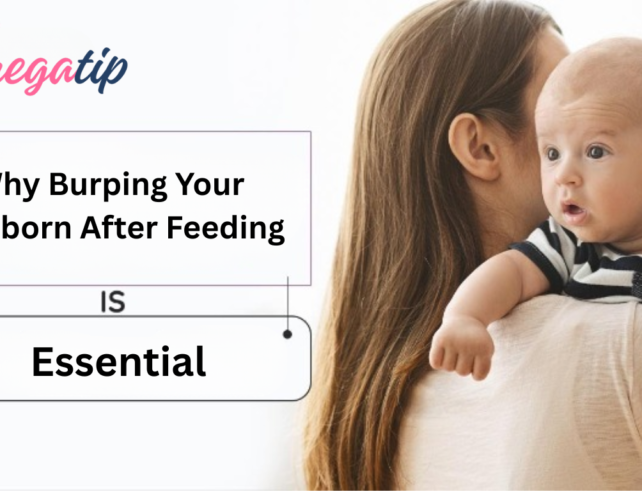“WHO urges member states to continue with ’strong surveillance’amid rising respiratory diseases-JN.1 subvariant”


Amidst the rise in respiratory diseases and the emergence of the new JN.1 COVID sub-variant, the World Health Organization (WHO) has emphasized the dynamic nature of the virus. The organization has urged member states to maintain robust surveillance and share sequencing information.
In an effort to elucidate the recent surges and offer preventive measures, the WHO shared a video featuring Dr. Maria Van Kerkhove, the technical lead for COVID-19. She discussed the current uptick in respiratory illnesses, including COVID-19 and the JN.1 subvariant, advising adherence to WHO’s public health recommendations during the festive season.
Taking to social media, Dr. Van Kerkhove highlighted the global increase in respiratory diseases due to various pathogens, including COVID-19, flu, rhinovirus, mycoplasma pneumonia, and others. Stressing the ongoing evolution of SARS-CoV-2, she underscored the significance of the JN.1 subvariant, which has attained the status of a Variant of Interest (VOI) and is on the rise.
In her video message, Dr. Kerkhove attributed the surge in respiratory infections to multiple factors, such as heightened holiday gatherings and the presence of other pathogens. She pointed out that beyond COVID-19, influenza, viruses, and bacteria contribute to the escalating cases, especially as winter approaches and people gather indoors with potentially poor ventilation.
The increase in COVID-19 cases, she explained, is a consequence of the virus’s evolution, with a substantial proportion being attributed to XBB sublineages and groups like JN.1. Dr. Kerkhove urged member states to sustain vigilant surveillance and sequence sharing to adapt advice accordingly.
Highlighting the importance of vaccination and clinical care in case of infection, she emphasized the effectiveness of COVID-19 vaccines against severe outcomes, even with emerging variants like JN.1.
Simultaneously, the Union Ministry of Health in India has initiated preparedness measures following the detection of the JN.1 subvariant in Kerala. A mock drill is underway to assess public health and hospital readiness, underscoring the need for ongoing vigilance.
The India SARS-CoV-2 Genomics Consortium (INSACOG) continues to actively monitor the genomic aspects of COVID-19 in the country. While cases in Kerala are predominantly mild, health authorities stress the importance of sustained vigilance and preparedness in effectively managing the evolving situation tied to COVID-19 variants. Symptoms reported include fever, runny nose, sore throat, headache, and mild gastrointestinal symptoms, with most patients experiencing improvement within a few days.



